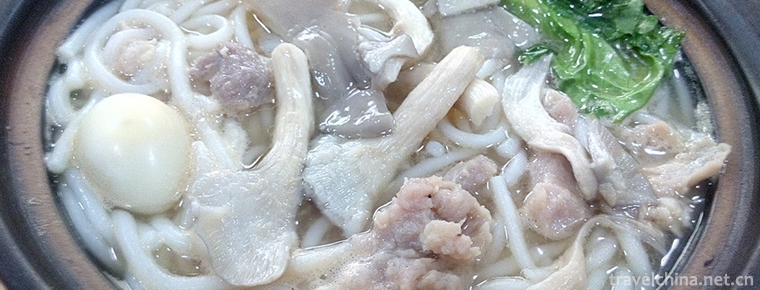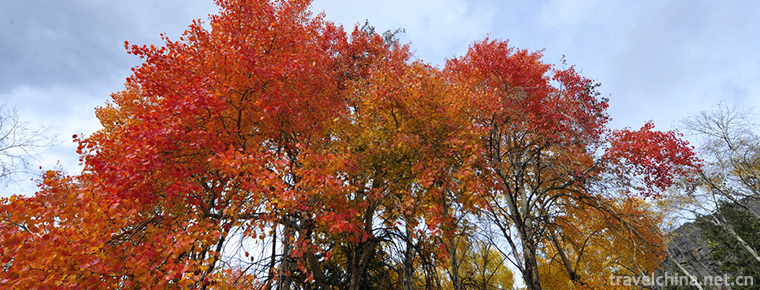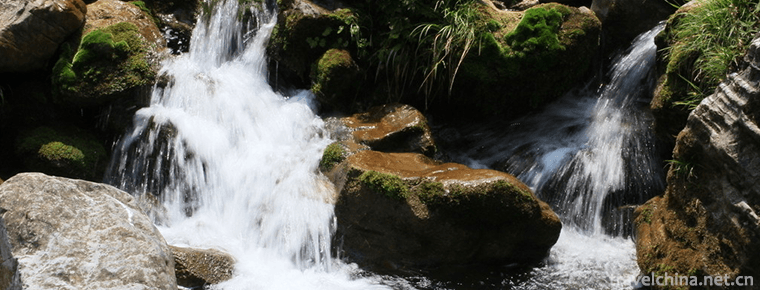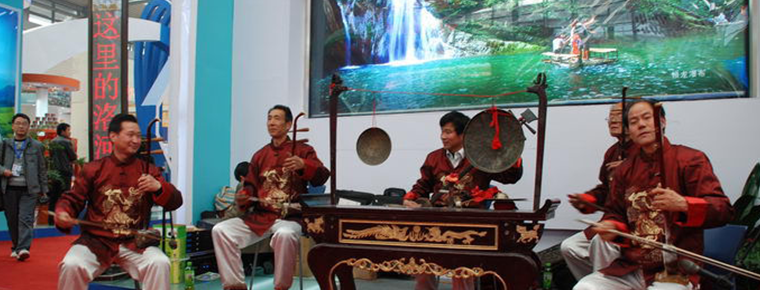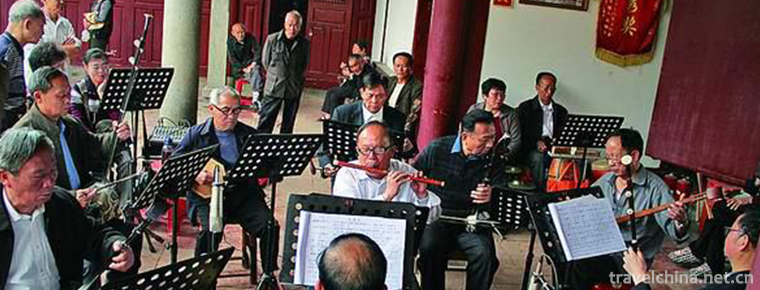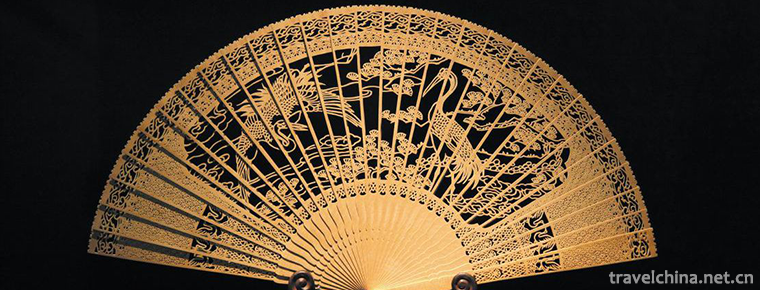Bay Leaf Jing Making Skills
Bay Leaf Jing Making Skills
In June 2008, the technique of making bay leaf Scriptures was listed in the national intangible cultural heritage protection list. The Beiye Sutra (Dai for "lazy") refers to the Buddhist Sutra written on the treated tropical plant Beiye Brown (Dai for "lazy Guo"). After being treated by many traditional and special processes, the bay leaf can prevent insects, waterproof and deformation. The scriptures copied by the bay leaf can be handed down for thousands of years.
On June 7, 2008, Bay Leaf was listed in the second batch of national intangible cultural heritage list with the approval of the State Council.
Historical origin
The Bayesian Classic originated in India and was introduced into the Dai inhabited areas of Yunnan around the 7th century. It has been enriched and developed. Beiye Sutra of Dai nationality not only records Buddhist classics, but also includes many contents of Dai nationality, such as astronomy, calendar, social history, philosophy, law, medicine, science and technology. It is an encyclopedia of Dai culture. It plays an important role in the production and life of Dai people and is regarded as a precious wealth. In Dai Buddhist temples, there is a special Tibetan Sutra Pavilion for the preservation of palm-leaf scriptures. According to folklore, there are more than 80,000 palm-leaf scriptures in ancient times, more than 3,000 in Xishuangbanna, and a large number of them are scattered among the people.
The Dai language is called "Tanlan", which is a classic of Buddhism from the Upper Seat in the south. It is written on a special "Golan" (palm palm leaves) with a folk-made iron pen. The Bayesian Sutra originated in India. It is generally believed that the Baye Sutra was introduced into Sri Lanka around the 7th century AD and then into the southwestern frontier of Yunnan Province through Myanmar and Thailand.
There are about 45,000 Dai palm-leaf scriptures found in Xishuangbanna, Pu'er, Lincang and Dehong of Yunnan, of which more than 2,000 are registered. As the Dai people in Xishuangbanna share the same ethnic origin (Baiyue ethnic group) with the Thai, Lao and Shan people in Thailand and Myanmar, and share the same belief in the Southern Upper Buddhism, their living areas are linked by mountains and rivers, thus forming a Bayesian cultural circle in Southeast Asia. The intangible cultural heritage is often called the "living fossil" of folk cultural history. The Baye Sutra of Yunnan is one of the "living fossils", which is called "Dai culture carved on leaves", which is unique to China and one of the most precious cultural treasures of the Chinese nation.
Inheritance significance
The Dai Beiye Sutra refers to the Scriptures recorded on the bayette with Buddhist classics as the core content. It has played an important role in the social and economic development of the Dai people, the dissemination of Buddhist ideas and the inheritance of Buddhist culture.
Among the numerous national intangible cultural heritages, the Baye Sutra is unique because of its unique craftsmanship and Dai culture. It is only used in Dehong, Xishuangbanna and other places in Yunnan, China. The famous "Shaoshutun" (Peacock Princess Story) comes from the Southern Dai Buddhist classic "Baye Sutra" in Yunnan. It is self-evident that the protection of the palm-leaf scriptures is of great significance. However, the reality is that there are many people in Yunnan who can speak Dai language, but few people can understand and write Dai language, and even fewer can write the Baye Sutra. Fortunately, the protection of "living fossils" in Yunnan has been ongoing.


-
The Good friends rice noodles
Laoyou powder is a local delicacy in Nanning, Guangxi. In 2007, it was selected as the first 26 items of intangible cultural heritage list published by Nanning. .
Views: 212 Time 2018-11-03 -
travel china guide
China is a superpower with a lot of dialects. Even the Chinese themselves, they often feel far away from home when they are in a different city.
Views: 371 Time 2018-11-15 -
Great Wall of Ming Dynasty in Datong County
According to documents, the Great Wall of Qinghai Province in the Ming Dynasty was built in the middle of the Ming Dynasty. It lasted 51 years from 1546 to 1596..
Views: 160 Time 2019-01-07 -
Qingming Bridge Ancient Canal Scenic Area
Qingming Bridge Ancient Canal Scenic Area is located at the southern end of Wuxi city center, covering about 44 hectares of scenic area. The scenic spot is composed.
Views: 160 Time 2019-02-07 -
Shuimogou Scenic Area
Shuimogou Scenic Area, also known as Shuimogou Park, is named after Shuimogou in the scenic area. It is located in the eastern suburb of Urumqi, Xinjiang. Around 2000.
Views: 364 Time 2019-02-13 -
Luonan Jing Blackboard
In 2011, Luonan Jingbanshu was approved by the State Council and listed in the third batch of national intangible cultural heritage list. As early as in the Daoguang period of the Qing Dynasty (around.
Views: 133 Time 2019-05-15 -
Ningjin Acrobatics
Ningjin acrobatics is one of the traditional folk acrobatics in Shandong Province. With its long history of development, extensive mass base, profound cultural heritage and exquisite performing skills.
Views: 171 Time 2019-06-08 -
Puxian Ten Sounds and Eight Musics
Puxian Ten-tone Eight Music is not only the traditional folk art folk rap music in Putian area, but also the instrumental music. Ten tones, also known as ten times, are a comprehensive art of instrume.
Views: 152 Time 2019-06-09 -
Qingyang Opera
During Jiajing period of Ming Dynasty, Yiyang Tune of Jiangxi flowed into Qingyang County of Chizhou Prefecture in Southern Anhui Province. It was combined with local language, folk opera (Kunshan Tun.
Views: 147 Time 2019-06-11 -
Taihao Fuxi Festival
Taihao Fuxi Festival is a traditional folk custom and folk sacrificial activity with a long history. Fuxi was the founder of Chinese civilization. He taught shareholding, tools, farming, marriage, fam.
Views: 163 Time 2019-06-18 -
Fan making Techniques
Suzhou Fan is a special product of Suzhou. It is famous for its elegance, delicacy and artistic characteristics. Including folding fan, sandalwood fan and silk Palace fan, collectively known as ".
Views: 149 Time 2019-07-25 -
Dazhou Railway
Railway lines: Chengdu Chengdu Railway, Xiangyang Chongqing railway, Dazhou Wanzhou railway, Daba railway and Chengdu Dazhou Wanzhou high speed railway (planned) .
Views: 70 Time 2020-12-20
